
The history of Cognac takes root in the heart of the Charente vineyards, a region renowned since the Middle Ages for the quality of its wines. However, it was truly in the 16th century that what would become one of France’s most prestigious spirits was born.
At that time, Dutch merchants, great admirers of Charentais wines, sought a way to transport them without spoilage during long journeys. Distillation emerged as the ideal solution to concentrate the alcohol and ensure better preservation. The resulting product, called brandewijn (burnt wine), was then redistilled, giving rise to a refined eau-de-vie: Cognac.
Charentais Innovation: The Invention of Double Distillation
It was in the 17th century that double distillation was perfected, notably by Charentais distillers who adapted techniques from the Netherlands. This method produces a purer and more aromatic eau-de-vie, which gains complexity as it matures in oak barrels.
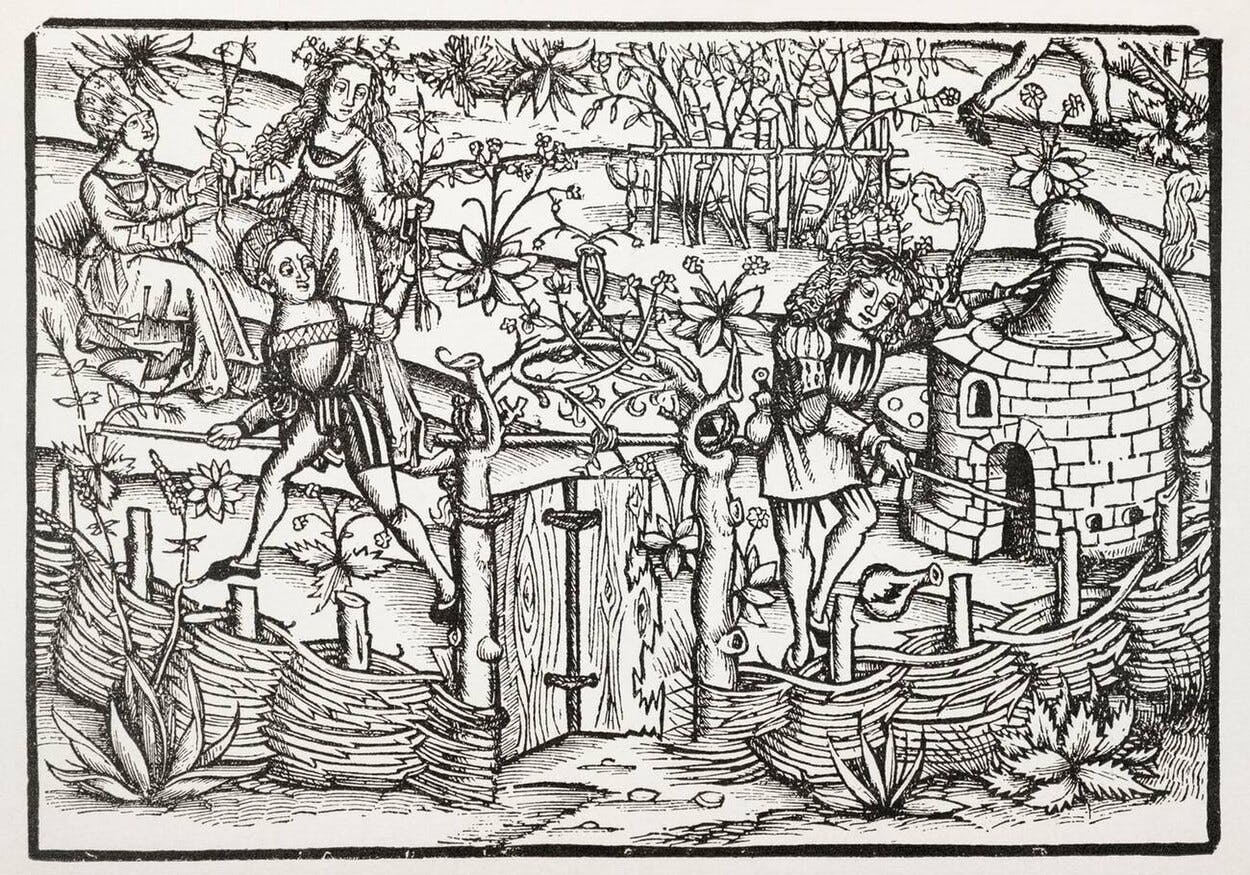
The first English and Dutch merchants settled in the region and contributed to the development of the trade in this eau-de-vie. This led to the founding of some of the oldest Cognac houses, such as Martell (established in 1715) and Rémy Martin (1724), which played a major role in shaping the Cognac industry.
From the Port of La Rochelle to the Halls of Versailles: Cognac Conquers Europe
From the 18th century onward, Cognac was exported throughout Europe and as far as the Americas. Its reputation was built on consistent quality, resulting from prolonged ageing and a craftsmanship passed down through generations.
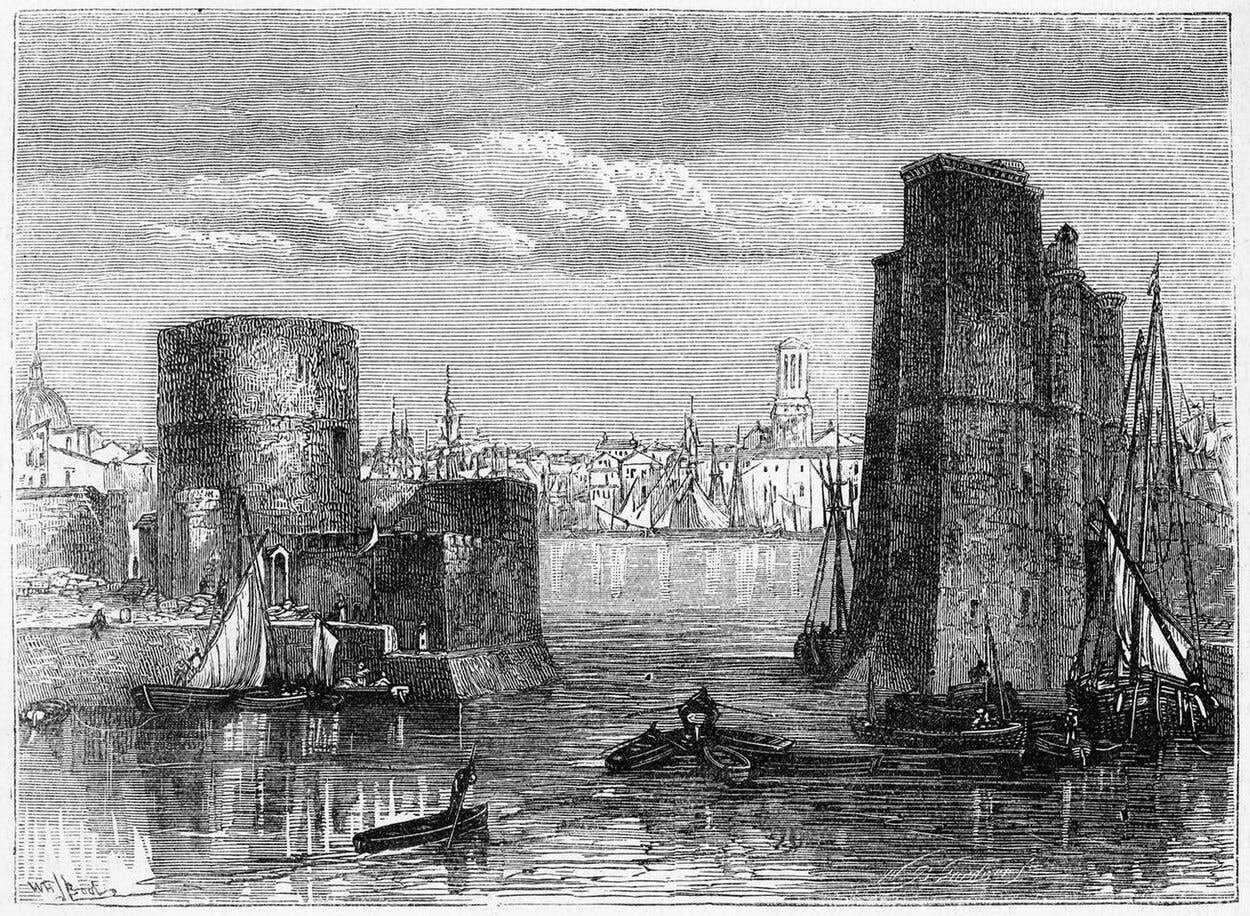
In the 19th century, industrialization enabled the major houses to structure their production and perfect the art of blending. Cellar masters developed precise techniques to marry different eaux-de-vie, ensuring consistency in style and flavor for the great brands.
The Phylloxera Epidemic: A Crisis that Shook Cognac Production
In the 1870s, the Charente vineyards faced one of the worst crises in their history: the invasion of phylloxera, a tiny aphid from America that destroys vine roots. The Charente region was not spared, and this agricultural disaster led to a drastic decline in Cognac production, threatening the entire local and national wine industry.
To save their vineyards, growers adopted a radical solution: grafting French grape varieties onto American rootstocks, resistant to phylloxera. This process gradually restored production, although some terroirs were deeply transformed.
The epidemic also brought changes in the grape varieties used for Cognac. Before the crisis, varieties like Folle Blanche were common but proved too fragile against diseases. They were replaced by Ugni Blanc, a more robust variety that today dominates Cognac production.
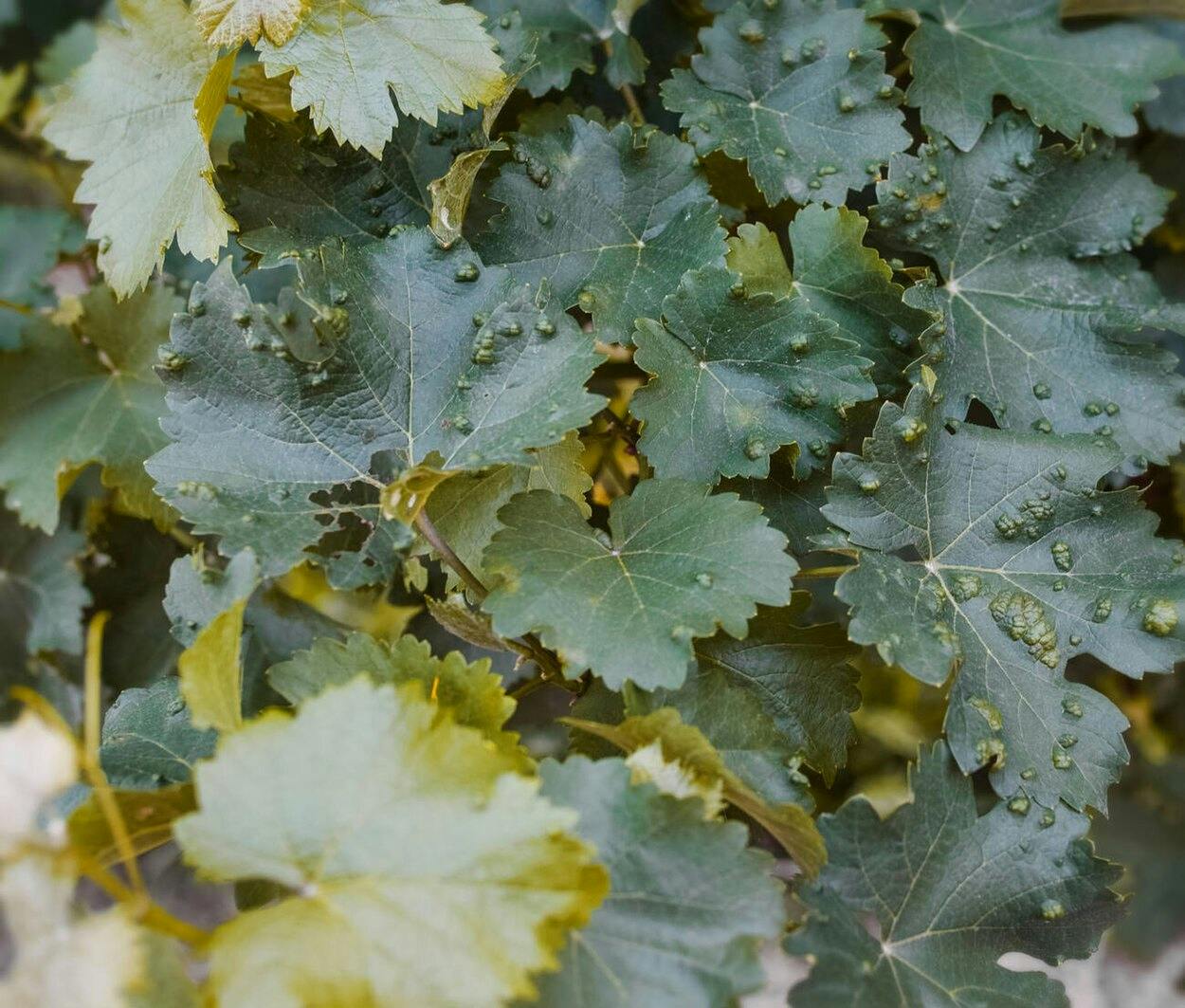
Some producers, eager to recapture the aromatic qualities of Folle Blanche, use a hybrid created from Ugni Blanc and Folle Blanche called Folignan. Recently, a resurgence of Folle Blanche can be seen at certain distilleries, such as Domaine Jean-Luc Pasquet with their L’Organic Cognac.
Despite this challenge, the Cognac industry rebounded and strengthened its position on the global market, driven by innovative producers who refined distillation and ageing techniques.
Protecting the Charentais Brown Gold: The Birth of an AOC
The rise of Cognac quickly led to the establishment of regulations to protect its authenticity. In 1909, official boundaries for production areas were established, and in 1936, Cognac was granted Appellation d’Origine Contrôlée (AOC) status, ensuring that only specific regions and production methods are authorized.
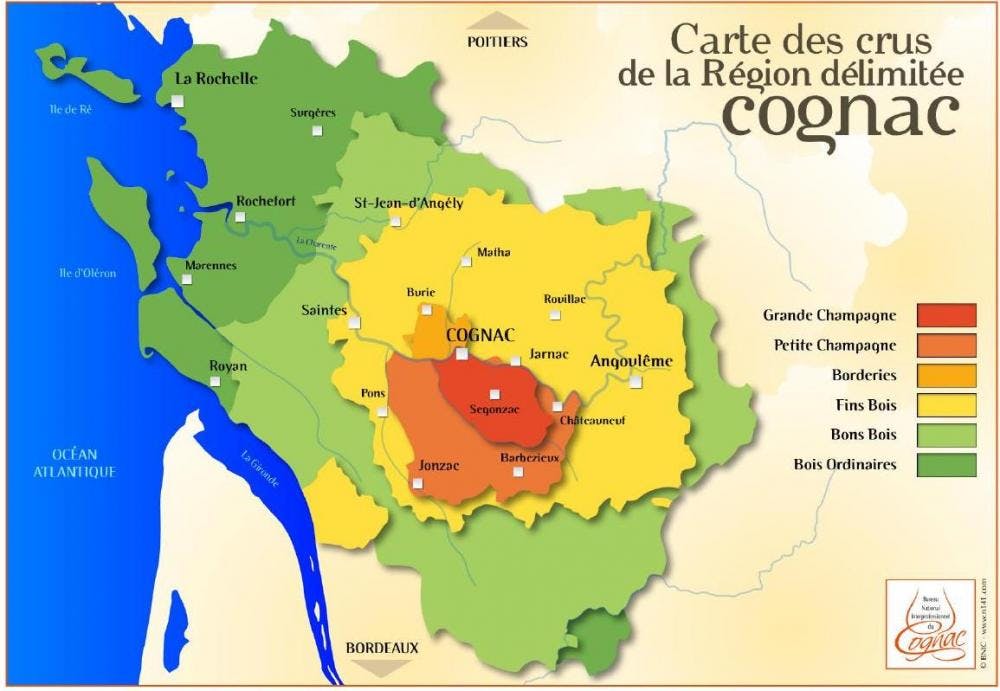
Today, Cognac is produced exclusively within six defined crus, following strict regulations:
This classification directly influences the aromatic profile of Cognac. For example, the Grande Champagne and Petite Champagne crus are especially prized for their fineness and ageing potential. Each cru corresponds to a different soil type, ranging from chalky soils to sandy terrains, providing grapes with unique characteristics.
The Renaissance of Cognac in the 21st Century
While Cognac remains deeply rooted in tradition, it is nevertheless a spirit in constant evolution. Many houses are exploring new approaches, such as ageing in experimental barrels or releasing limited editions with atypical profiles, thus captivating a new generation of consumers.
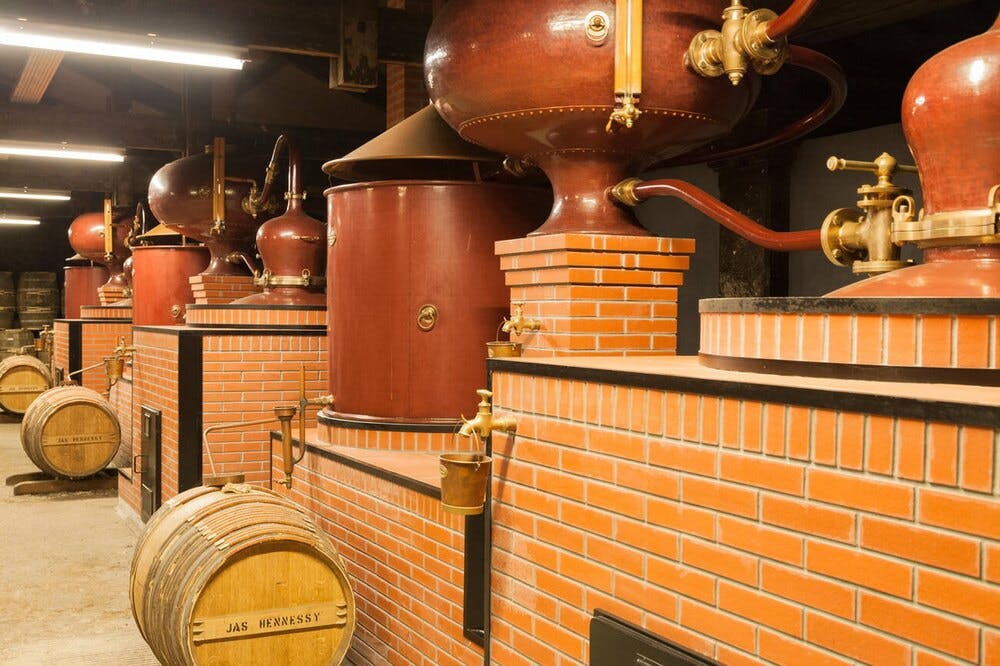
With exports accounting for over 97% of its production, Cognac continues to shine on the international stage, affirming its status as a leading reference in the world of spirits. Historically, China and the United States have been among the greatest enthusiasts of this exceptional eau-de-vie.
TO GO FURTHER IN THE DISCOVERY OF COGNAC
La Maison du Whisky has three boutiques in Paris:
In each of these boutiques, you'll find a wide selection of whiskies, rums, sakes, and other fine spirits.
Follow our tasting calendar for upcoming events, or visit the Golden Promise Whisky Bar, which offers an extensive selection of whiskies and other spirits by the glass.
Discover our other articles on cognac.